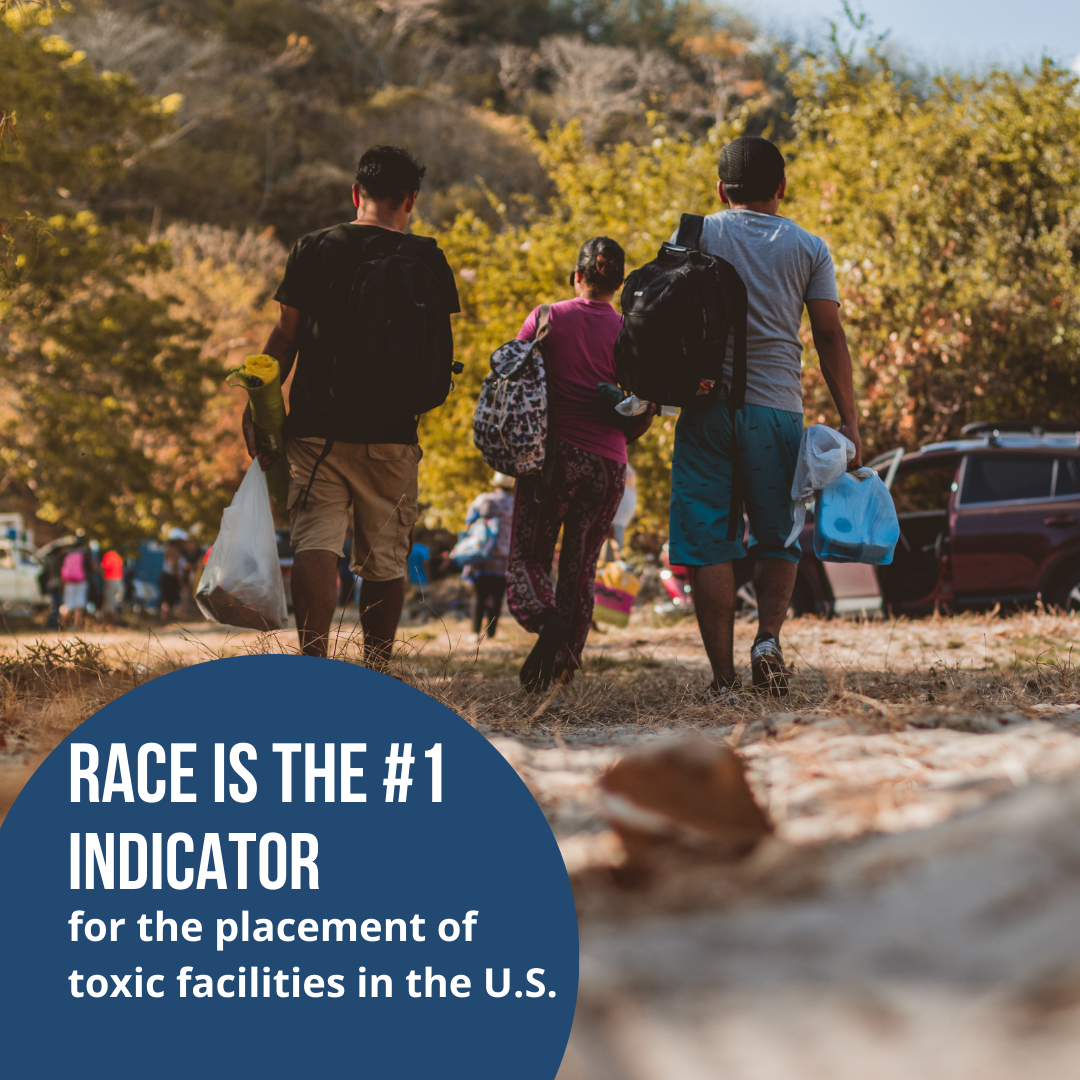Washington’s Environmental Justice Law (HEAL Act)
As the state’s lead environmental agency, our mission is to protect, preserve, and enhance the environment for current and future generations. As we work to build a healthier environment, we must make sure no community is overburdened by environmental pollution, and that we strive to eliminate environmental and health disparities. These principles guide Washington’s first environmental justice law, the Healthy Environment for All Act, and you can read more about our steps towards improved equity outcomes in our 2023-2025 Strategic Plan.

What is the HEAL Act?
The Healthy Environment for All Act (also known as the HEAL Act) was passed by the Legislature in 2021. It is the first statewide law to create a coordinated and collaborative approach to environmental justice, making it a priority and part of the mission of key state agencies. The law requires Ecology and the state departments of Agriculture, Commerce, Health, Natural Resources, Transportation, and the Puget Sound Partnership to identify and address environmental health disparities in overburdened communities and for vulnerable populations.
Why was the HEAL Act passed?
The HEAL Act builds on and implements some of the key recommendations from the Environmental Justice Task Force (PDF). Some of those recommendations include equitably investing in communities that have experienced the greatest environmental and health burdens in the state and incorporating environmental justice goals into a broad scope of work across the agency.
More specifically, the law empowers Ecology to:
- Develop and implement a community engagement plan.
- Develop and implement Tribal consultation frameworks and offer Tribal consultation on key actions that may impact Tribes.
- Incorporate environmental justice into strategic plans.
- Incorporate environmental justice into budget development processes and in funding and grant decisions.
- Conduct environmental justice assessments on significant agency actions that are outlined in the law, and by 2025 expand the scope of actions that receive assessments.
- Develop metrics to measure progress on key environmental justice goals, and report to the Environmental Justice Council and Office of Financial Management (forthcoming, 2024).
- Serve at Environmental Justice Council meetings as non-voting liaisons and collaborate as part of the HEAL Interagency Work Group.
You can also read more about the HEAL Act on the Washington Legislature's website.
Reach out!
If you would like to connect with us about our work related to the HEAL Act, please reach out to ej@ecy.wa.gov or call 360-489-2416. You can also sign up to receive updates by subscribing to our Office of Equity and Environmental Justice mailing list.
Related links
Contact information
Office of Equity & Environmental Justice
EJ@ecy.wa.gov
360-489-2416
Sign up to receive updates by subscribing to our Office of Equity and Environmental Justice mailing list


